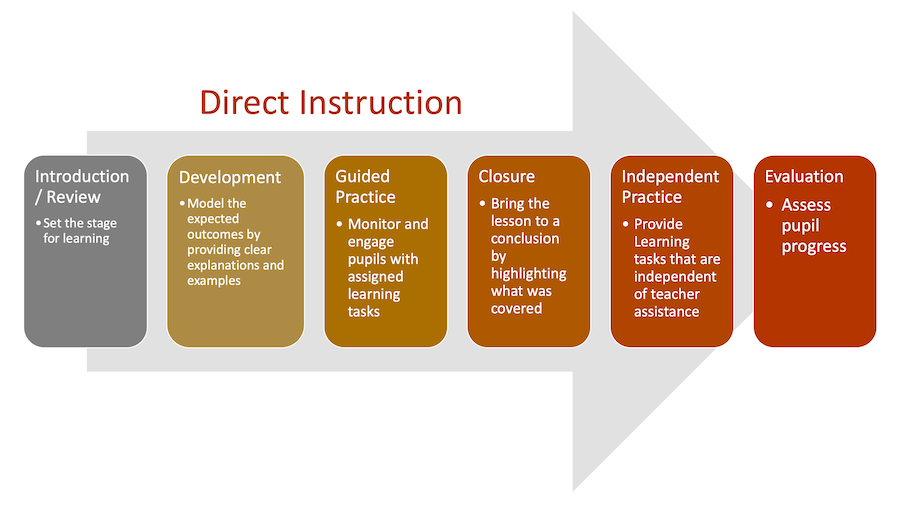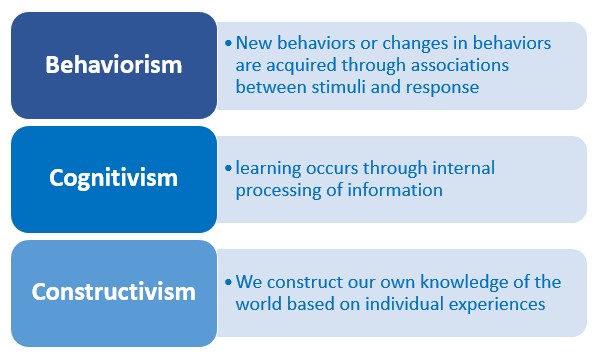Since our topic is solving functions, my search topic is graph quadratic functions, which is part of the big topic. After I searched on different video websites, I did not find any videos of forced interaction. Most of them explain that knowledge directly, and in the video I chose, it also gives examples of each type of equation. Learners need to follow the video and take notes by themselves. When they study through videos, they can easily stop the video and take notes. It can avoid missing points. Thus, learners are able to have the full notes and watch the video again if they don’t understand the point. The recommendation I want to give is practise. Practise makes perfect. After absorbing new knowledge, learners have to get some practise to consolidate the knowledge. They should be able to graph quadratic functions with their hands. For online graphing, I strongly recommend Desmos, which is a graphing tool website. This tool allows learners to graph a specific parabola or flexible parabola, which means the shape is not prescribed and changes with the value of the function. Learners can fully understand how the graph changes as the values change. Also, learners can check their own graph in Desmos after learning how to graph the function. We create some functions, and learners will graph them on paper and submit the PDF of their work through email, Discord, or Mattermost. Sometimes learners will have problems figuring out the correct graph. Discord and Mattermost are good ways to ask questions of teachers and other learners. This activity will not cause much work. The work is manageable and worthwhile because the problems provided are the same for every learner. The activity should be scaled for larger numbers of students, like from easy to hard.
Category: edci335
All learners have a wide range of needs, thus we essentially divide them into numerous categories, such as listening learners, reading learners, active learners, and so on. For students who enjoy reading more, PowerPoint presentations and articles are available. We have YouTube videos or videos from other educational websites for those who enjoy watching films with audio and visual elements. For those who want to study independently, we also offer links to textbooks or articles. The class is primarily behaviorist in nature. Through presentations, teachers instruct students and impart knowledge. All students have access to a wealth of materials.
In the aspect of difficulties, we plan to start with the content they already know and pull in new points step by step in order to let them adapt to the difficulty. If they have questions, they can ask teachers or classmates. To make sure they fully understand the new knowledge, assessment is required. Based on the results of the assessment, we can track their progress rate and change our teaching plan to fit them.
If we need to switch to online learning due to force majeure, we can change our classroom to Zoom to have presentations, and the whole class is recorded. Records are uploaded to YouTube for learners to review. A transcript for presentations is also available. Because learners study online at home and lack communication with classmates, we can create an online group through Discord, Microsoft Teams, or Mattermost so they can discuss with each other online or ask questions to teachers.

Direct instruction was a specific model developed by Siegfried Engelmann and Wesley C. Becker. It is a teaching technique that emphasizes well-planned and well-developed sessions centered on tiny learning increments and clearly defined and regulated teaching activities.
There are five key philosophical principles:
- All children can be taught.
- All children can improve academically and in terms of self image.
- All teachers can succeed if provided with adequate training and materials.
- Low performers and disadvantaged learners must be taught at a faster rate than typically occurs if they are to catch up to their higher-performing peers.
- All details of instruction must be controlled to minimize the chance of students’ misinterpreting the information being taught and to maximize the reinforcing effect of instruction.
This technique is widely used in a plenty of schools around the world. It is the most common method that teachers use in class, as we familiar, teachers review knowledge we know first, next, introduce tiny new knowledge, then we will practice this new knowledge and teacher will give us feedback to make sure we understand it. I have been taught in this mode for almost my whole school life. Based on my experience of learning in direct instruction approach, it is very helpful in science courses, especially mathematics.
Since the topic we chosen in our group is to teach how to solve linear function and quadratic function in math, direct instruction aligns our topic well. We review how to solve equations with one variable first, on the basis of this, we introduce linear function and quadratic function. Next step, we get into it through learning how to solve linear function and quadratic function and how to graph them. At last, practice questions are given to train learners skills. The learning outcomes will be assessed by quiz and exam.
Cox, C. (n.d.). Basic philosophy of direct instruction (DI). Retrieved from https://www.nifdi.org/15/index.phpoption=com_content&view=article&id=52&Itemid=27

Behaviorism
The focus of behaviorism is on observable behavior and the environmental factors that influence it. Based on what I did using behaviorism, it is useful for memorization and math problems. According to my experience, solving those questions which have only one correct answer, it is helpful to use behaviorism. When I was remembering vocabulary before, I read those vocabulary once, and then directly started to practice. I would practice again and again until I got full mark. Behaviorism is more like muscle memory. You are corrected every time when you had wrong answer, then you remember the correct one.
Cognitivism
Cognitivism emphasizes the mental operations necessary for learning, such as memory, problem-solving, and perception. I had a good time since I met a teacher who used cognitivism. It is a Chinese literature course. Students learned a lot of poems from ancient literati. The most enjoyable thing in this class is guessing what were the poets doing and thinking when they were writing the poem. The teacher taught we to be the poem, not to be the reader if we want to understand a poem. We imagined that we were back to the time during writing the poem, and we had an image of it based on what we know about the poem, the poet and the historical events, then we understood. That was very interesting since you learn something which you find it on your own based on your cognition.
Constructivism
Constructivism places a strong emphasis on how students actively develop their own knowledge through their own experiences and interactions with the outside world. Constructivism can be explained by science experiments; for example, chemistry, physics, biology. You can see how the knowledge is shown and proved with your eyes, learn and prove the knowledge with your experience. Furthermore, you can create your own understanding and knowledge when you are using constructive learning method.
In conclusion, cognitivism emphasizes thought processes and problem-solving, behaviorism focuses on modifying behavior through reinforcement and feedback, and constructivism emphasizes how students actively construct knowledge through practical applications and interactions.
This post will appear in a few places:
- in the blog feed on the front of your website
- in the Learning Design menu on your website. This is because we have applied the “edci335” category to this post and the menu item “Learning Design” has been created from the category “edci335.” For every post you make for this course, please assign the “edci335” category to it. You are welcome to use this blog for your personal hobbies or for other courses, in which case, you could create additional menu items and categories for them.
- if you give permission, your posts categorized “edci335” will be aggregated onto the Blog Feed on the EDCI 335 Course Website.
Feel free to delete this post once you understand this. If you have any questions, please reach out to your instructor.

Recent Comments